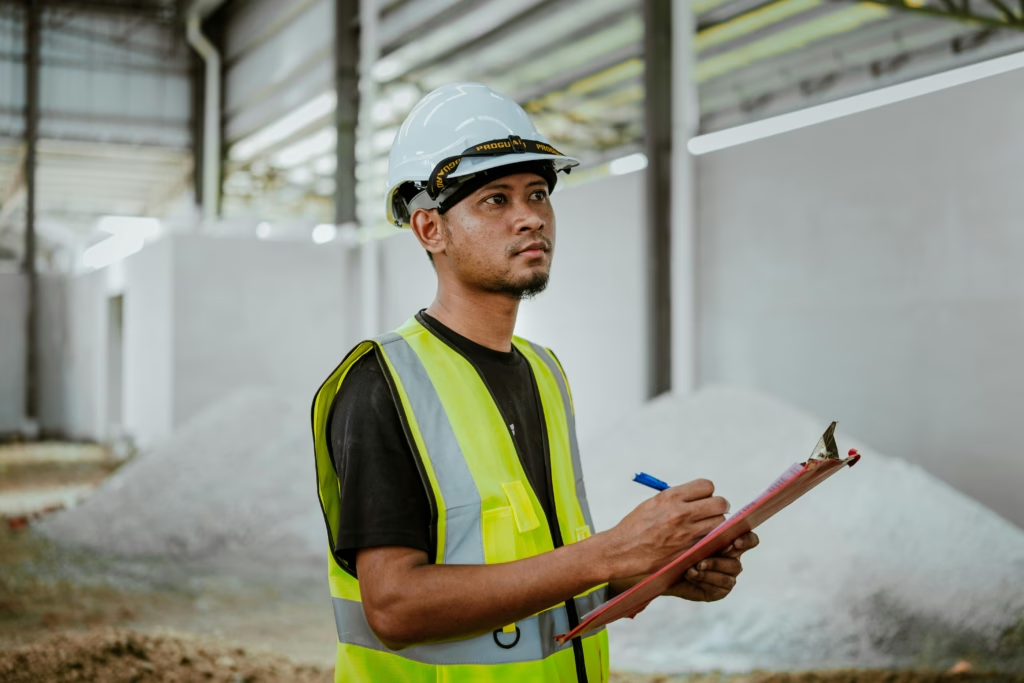A commercial electrical inspection is a vital step in ensuring the safety, efficiency, and compliance of your business’s electrical system. Whether you’re preparing for a scheduled inspection or just want to understand what to expect, this guide will walk you through the process.
1. Why a Commercial Electrical Inspection Is Important
A commercial electrical inspection ensures your electrical systems meet current codes and safety standards. It helps identify potential issues before they become costly problems and protects your property, employees, and customers.
Benefits include:
- Preventing electrical fires and hazards
- Avoiding costly downtime or repairs
- Ensuring code compliance and avoiding fines
- Supporting insurance and liability requirements
2. When You Might Need a Commercial Electrical Inspection
Knowing when to schedule a commercial electrical inspection can save you from unnecessary risks and expenses. Here are some common scenarios:
- Before purchasing or leasing a commercial property
- Prior to renovations or expansions
- When upgrading your electrical systems
- As part of a routine safety check
- After experiencing power outages, flickering lights, or breaker issues
3. What Happens During a Commercial Electrical Inspection
During a commercial electrical inspection, a licensed electrician will evaluate the entire electrical system, looking for any issues or code violations. Here’s what the process typically involves:
4. Visual Inspection of Electrical Components
The electrician will begin with a visual assessment of:
- Electrical panels and breakers
- Wiring and cable systems
- Outlets and switches
- Lighting fixtures and emergency lighting
- Equipment connections and grounding
5. Testing and Verification
Next, they’ll perform functional tests to ensure everything operates correctly:
- Load testing on circuits and panels
- Ground fault circuit interrupter (GFCI) testing
- Voltage and current measurements
- Backup power system checks (generators, UPS)
6. Code Compliance Review
Inspectors check that all components meet:
- National Electrical Code (NEC) standards
- Local municipal and state codes
- Industry-specific regulations (e.g., medical or industrial facilities)
7. Identification of Hazards or Deficiencies
Any safety concerns or violations will be flagged, such as:
- Overloaded circuits or panels
- Outdated or damaged wiring
- Improper grounding
- Missing or malfunctioning safety devices
8. Detailed Inspection Report
After the inspection, you’ll receive a report that includes:
- A list of identified issues
- Recommended repairs or upgrades
- A timeline for addressing critical problems
- Documentation for compliance and insurance
9. What to Do After the Inspection
Once you receive the report:
- Prioritize necessary repairs based on severity
- Schedule follow-up work with a licensed commercial electrician
- Keep documentation for future reference and inspections
Final Thoughts
Understanding what to expect during a commercial electrical inspection can help you better prepare and keep your business running safely and efficiently. Regular inspections aren’t just a smart move—they’re often required for compliance and liability protection.
Need help with your next inspection? Contact a licensed commercial electrician to ensure your facility is up to code and operating safely.
*Go back to Point B Electrical Services home page…
*Discover the latest updates, promotions, and expert electrical tips by visiting Point B Electrical Services Facebook page today!


